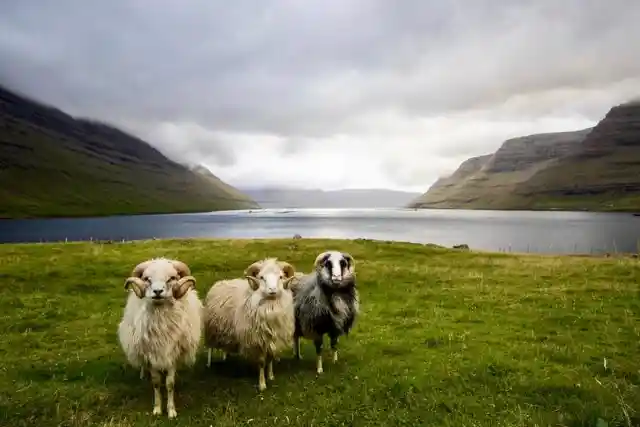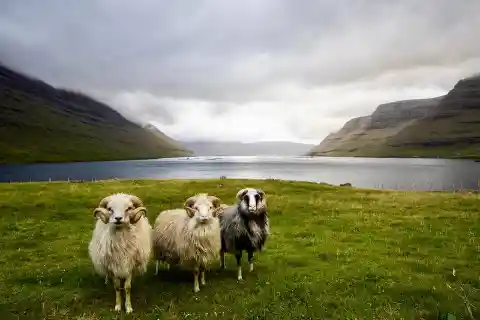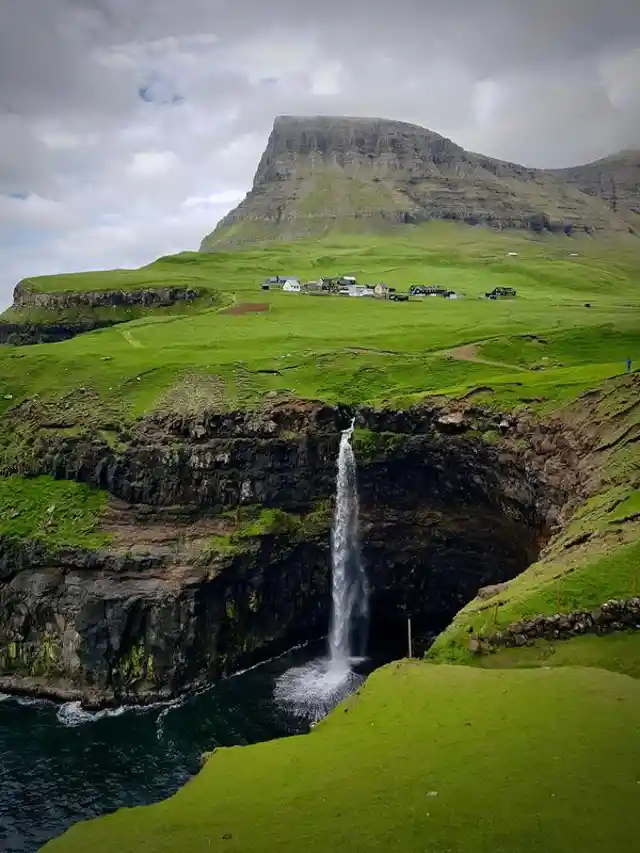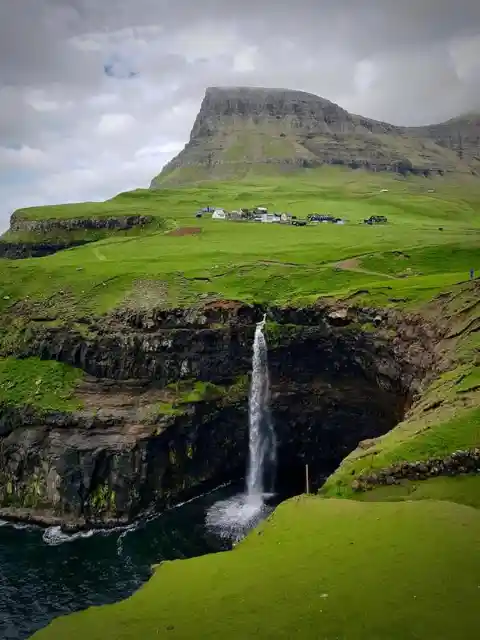As one of the island sets just off from Denmark, the Faroe Islands draw respect and reverence from across the world. While many know them due to their (improving) football team, one of the lowest ranked in UEFA competition, the islands themselves have far more to them than minnow sporting reputations.
Politically a part of Denmark, the Faroe Islands sit comfortably between Norway and Iceland. What, though, makes these islands so unique?


They keep small populations
One thing to note is that the islands of the Faroes are populated by less than 50,000 people – smaller than most recognizable towns. Little Dimun is the only island with a population that exceeds this. Across these large populations, some 80 different nationalities are represented.
Sheep are a common occurrence
Sheep can be found on average every three miles across the chain of 18 different islands. Most of us assume life on these aisles is rural and relaxing; this is a clear example of this. The sheep are a highly common sight when you make your way across these fjord-separated islands.


The food is unique
While many culinary styles are shared across typical Scandinavia, this is not always the case with the Faroe Islands. Common local dishes include things like sheep's heads, whales, and wind-dried fish. Fermented lamb is a common delicacy, too. These are unique foods that you might not have tried anywhere else in the world.
The homes fit in with the landscape
With such gorgeous nature, it would be a shame to spoil the view with excessive architecture. Therefore, most homes are designed to blend in as opposed to contrast with the landscape. Colorful homes and naturally blended-in roofs help to make sure that the green grass that makes the Faroe Islands so gorgeous is not interrupted.
Few parts of the world are quite as interesting and calming to visit as the Faroe Islands. For many, a trip here introduces a new insight into exploration, culinary habits, and architecture. Why not come along yourself and see what all the fuss is about?